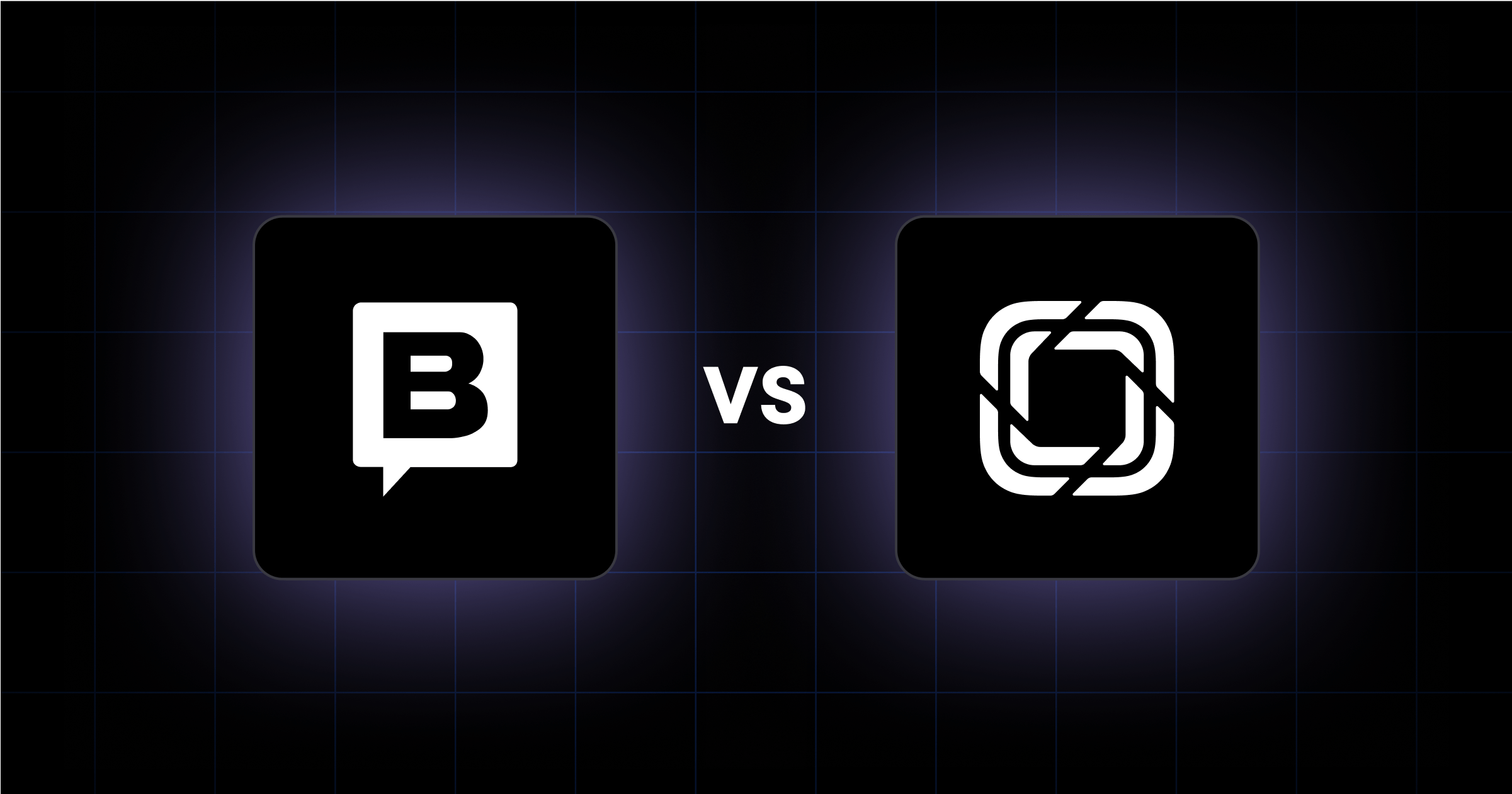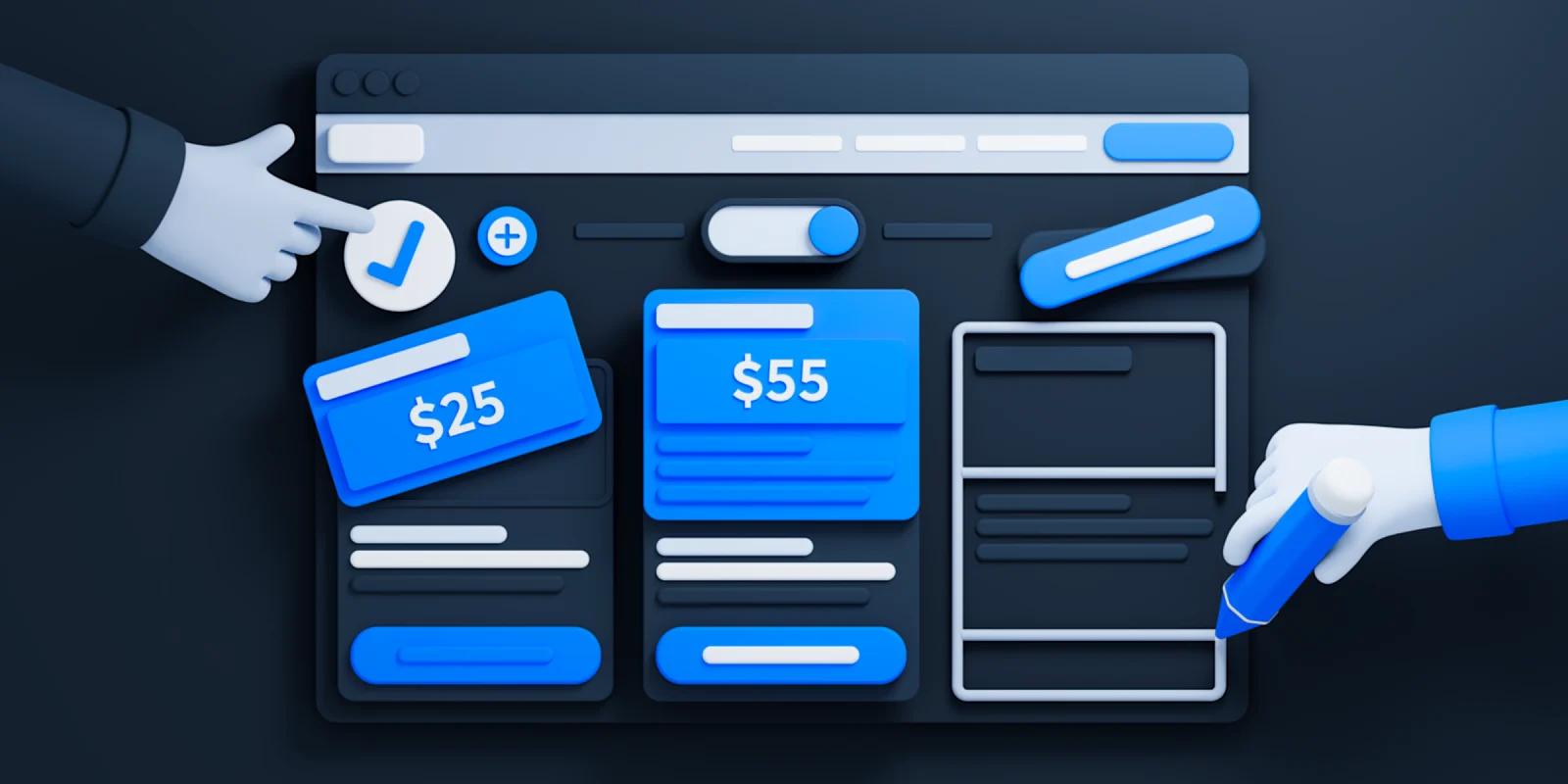Looking to turn your website into a strategic asset that helps your business grow? Learn how strategic web design can align your online presence with your goals and achieve success in 2024.
What Is Strategic Web Design?
Strategic web design is the process of creating websites that not only look good but also function effectively to support objectives and meet user needs.
Strategic web design involves aligning a website's design and functionality with business goals and audience expectations. It's about crafting a site that serves a clear purpose, whether that's increasing sales, generating leads, or building brand awareness.
By focusing on strategy, every website element contributes to overall objectives, leading to better user engagement, higher conversion rates, and making your business more competitive.
The Key Principles of Strategic Web Design
Implementing strategic web design means adhering to several fundamental principles:
- Goal Alignment: Define clear, measurable goals for your website to guide the design process and ensure every feature serves a purpose.
- User-Centric Design: Understand your target audience and design with their needs in mind, including intuitive navigation and accessible content.
- Performance Optimization: Optimize for speed and efficiency, as fast-loading sites improve user satisfaction and reduce bounce rates.
- Brand Consistency: Maintain a consistent brand identity through colors, fonts, and messaging to build trust and reinforce your brand.
- SEO Integration: Incorporate search engine optimization best practices to improve visibility through relevant keywords and mobile-friendliness.
- Accessibility: Design your website to be accessible to all users, broadening your audience and complying with web accessibility standards.
- Data-Driven Decisions: Use analytics and User Acceptance Testing to inform design choices and make informed improvements, including measuring website ROI.
- Scalability and Flexibility: Build your website to allow adding new features and content as your business grows, perhaps by utilizing principles from the modular web design guide.
By following these principles, you create a website that looks good and achieves real results.

1. Plan Your Web Design Strategy
To build a website that supports business objectives, start with a clear strategy by understanding what you aim to achieve and who you're trying to reach.
Set Clear Objectives
Define specific, measurable goals for your website to guide the design process and ensure it serves its intended purpose. Goals might include:
- Increasing sales or sign-ups: Highlight products or services to boost conversions, perhaps through the use of personalized landing pages.
- Growing your email list: Use prominent subscription forms to encourage connections.
- Enhancing user engagement: Use interactive content strategies and engaging content to retain visitors.
Every website element should serve a purpose, aligning design choices with objectives to ensure functionality.
Identify Your Target Audience
Knowing who your website is for is crucial to designing an experience that meets their needs. Consider aspects such as:
- Demographics: Age, gender, location, profession.
- Technical Proficiency: Comfort with technology influences navigation and feature choices.
- Preferences and Behaviors: Device usage, browsing habits, and content preferences.
For instance, exploring successful microsite examples can offer ideas on how to create targeted buyer experiences that resonate with specific audience segments.
Tailoring your website to your audience's preferences increases engagement and conversion. For example, a mobile-first design approach ensures a good experience for mobile users.
2. Implement User-Centered Design Principles
A user-centric approach prioritizes user experience (UX) and user interface (UI) design to create intuitive and accessible websites. Key principles include:
- Intuitive Navigation: Implement clear site structures for easy information access.
- Responsive Design: Ensure your website works well on all devices.
- Accessibility: Use features like adjustable fonts and compatibility with assistive technologies.
Implementing features like intuitive navigation, responsive design, and accessibility enhances user engagement. Additionally, understanding the website personalization benefits can further improve user experience by delivering tailored content.
Conduct User Research
To design effectively, understand user needs, preferences, and behaviors through:
- Surveys and Interviews: Gather insights on user habits and expectations.
- User Interaction Analysis: Observe website interactions to identify improvement areas.
Create User Personas
User personas are fictional representations of ideal customers based on data and research, guiding design decisions by keeping the focus on user needs.
Develop User Journeys
User journeys map out the steps users take to achieve their goals on your website, helping create smooth experiences that guide visitors toward conversion.
By adopting a user-centered design approach, you create websites that meet business objectives and provide value, encouraging engagement and growth.

3. Design for Mobile and Responsive Web
Ensuring your website delivers an excellent experience on all devices is essential in today's world where mobile use is common.
Implement Mobile-First Design Principles
With the majority of web traffic coming from mobile devices, focusing on mobile-first design is crucial. Important content is prioritized, navigation is intuitive for touch interfaces, and load times are minimized.
Implement Responsive Design Techniques
To provide a consistent experience across devices, implement:
- Fluid Grids: Use relative units for layouts, allowing natural resizing.
- Flexible Images and Media: Optimize for scaling on different screens.
- CSS Media Queries: Apply styles based on device characteristics.
- Mobile-Friendly Navigation: Simplify menus for touch ease.
Ensuring responsiveness improves user experience and positively impacts SEO because search engines favor mobile-friendly sites.
4. Incorporate SEO in Web Design
Integrating search engine optimization (SEO) into your web design ensures your site is visible to your target audience and ranks well in search results.
Implement SEO Best Practices
Optimize page titles, meta descriptions, and headers with relevant keywords. Create SEO-friendly URL structures and use schema markup to enhance search result appearances. Ensure your site is mobile-friendly and optimize performance by compressing images and minimizing code.
Stay updated on SEO trends and algorithm changes to maintain and improve visibility.
Optimize Website Architecture
A well-structured website improves user experience and search engine crawling. Plan logical site architecture for easy navigation and content discovery. For organizations managing multiple sites, implementing multisite CMS management can streamline content management. Use semantic HTML for content hierarchy understanding.
Develop a Content Strategy for SEO
Creating high-quality, relevant content engages visitors and boosts SEO. Focus on informative content that addresses audience needs, incorporating keywords naturally. Consider a content calendar for regular updates. Additionally, developing content ecosystem strategies and a global content strategy ensures consistency in messaging across different regions and audiences.
5. Integrate Accessibility in Web Design
Prioritizing accessibility ensures your website can be used by the widest possible audience, including people with disabilities.
Understand Web Accessibility
Web accessibility involves designing websites so that people with varying abilities can perceive, understand, navigate, and interact with them. Designing for accessibility includes considering users with visual, hearing, cognitive, or motor disabilities.
Follow Guidelines and Standards
Follow the Web Content Accessibility Guidelines (WCAG) for best practices, such as providing alternative text for images, using sufficient color contrast, and ensuring keyboard navigation.
Use Tools for Accessibility Testing
Use tools like WAVE, Axe by Deque Systems, and Google Lighthouse to assess and enhance accessibility, identifying issues for necessary adjustments.
6. Utilize Modern Web Design Tools
Incorporating modern web design tools enhances performance and user experience, allowing you to build flexible, scalable, and high-performing websites.
Adopt Headless Architecture for Flexibility
A headless content management system (CMS) separates the backend from the frontend, offering design and content delivery flexibility.
Leverage Modern Web Technologies
Use modern technologies to enhance capabilities, such as Progressive Web Apps (PWAs), AI-powered personalization, and design integration marketplaces for apps and tools. For instance, implementing SaaS website AI integration can provide advanced user experiences.
Integrate Design with Development Workflow
Connecting design tools with development ensures a cohesive workflow, facilitating communication, streamlining design implementation, and accelerating new features. Implementing practices like CI/CD in web development can further enhance development cycles, ensuring efficient deployment and updates.

Conclusion
Strategic web design is crucial for staying competitive online. By aligning your website with business objectives and prioritizing user needs, you create an online presence that looks good and helps your business succeed. Focus on user-centered design, responsive layouts, SEO integration, and accessibility. Remember, web design is an ongoing process; remain adaptable and keep refining your strategy to support your goals. For further inspiration and up-to-date information, explore composable website insights.
Strategic web design goes beyond aesthetics; it involves creating a website that aligns with your goals and meets your users' needs. By implementing these strategies, you'll build an online presence that looks good and helps your business succeed.
Here at Webstacks, we help many companies level up their online presence through next-gen solutions in web desin.
If you want to learn more about strategic web design, feel free to reach out to us!




